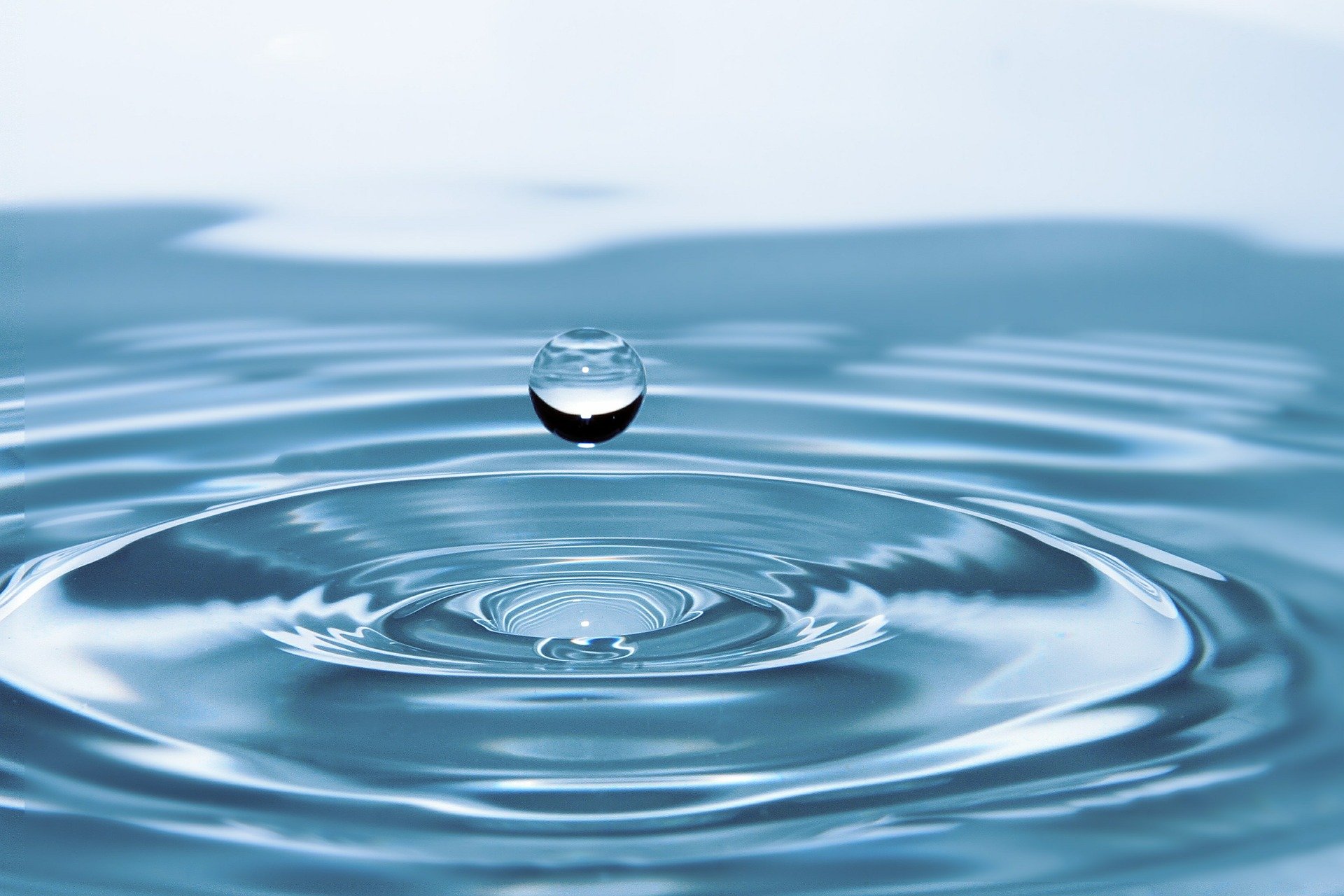Pumps are an essential component of various industrial and commercial processes, such as water supply systems, chemical processing, and oil refining. Two commonly used types of pumps are centrifugal pumps and positive displacement pumps. Understanding the performance characteristics of these pumps is crucial for selecting the right pump for a given application.
One of the primary methods for understanding pump performance is through pump curves. A pump curve is a graph that illustrates the relationship between a pump’s flow rate (Q), head (H), power consumption (P), and efficiency (η). The pump curve is typically generated by the manufacturer through testing, and it provides critical information about the pump’s operating range and efficiency.
Centrifugal Pump Curves
Centrifugal pumps use a rotating impeller to create the flow of fluid. The impeller’s rotation creates a centrifugal force that increases the fluid’s velocity and pressure, thus creating flow. The pump’s flow rate is determined by the impeller’s rotational speed, the diameter of the impeller, and the fluid’s viscosity.
A centrifugal pump curve typically has a characteristic shape that includes a maximum flow rate and a shut-off head. The maximum flow rate represents the point at which the pump’s output is the highest, and any further increase in flow rate results in a decrease in head. The shut-off head is the point at which the pump cannot overcome the system’s pressure, and flow stops entirely.
The performance of a centrifugal pump can be altered by changing the impeller’s diameter or speed. A larger impeller diameter or higher rotational speed will increase the pump’s flow rate and head, while a smaller impeller or slower speed will decrease the flow rate and head.
Positive Displacement Pump Curves
Positive displacement pumps work by trapping a fixed volume of fluid and forcing it through the pump’s discharge outlet. This action creates a constant flow rate that is not affected by changes in the fluid’s viscosity or system pressure. The pump’s flow rate is determined by the pump’s displacement volume, the speed of the pump, and the fluid’s viscosity.
A positive displacement pump curve has a relatively flat shape compared to a centrifugal pump curve. The pump’s maximum flow rate is limited by the pump’s displacement volume and the speed of the pump. However, the pump can operate at any pressure up to the maximum rated pressure, making it suitable for applications that require a constant flow rate regardless of system pressure.
The performance of a positive displacement pump can be altered by changing the pump’s displacement volume or speed. A larger displacement volume or higher speed will increase the pump’s flow rate and head, while a smaller displacement volume or slower speed will decrease the flow rate and head.
Choosing the Right Pump
Selecting the right pump for a given application requires careful consideration of the system’s requirements and the pump’s performance characteristics. In general, centrifugal pumps are suitable for applications that require high flow rates and low to moderate system pressure. Positive displacement pumps are suitable for applications that require a constant flow rate and high system pressure.
When selecting a pump, it is important to ensure that the pump’s operating range matches the system’s requirements. Operating a pump outside its recommended range can result in reduced efficiency, increased maintenance, and premature failure. Additionally, the pump’s power consumption and efficiency should also be considered to ensure that the pump is both cost-effective and environmentally friendly.
Understanding centrifugal and positive displacement pump curves is crucial for selecting the right pump for a given pumping application. Pump curves provide critical information about a pump’s operating range, efficiency, and performance characteristics. By carefully considering the system’s requirements and the pump’s performance characteristics, it is possible to select a pump that is both efficient and cost-effective.
Pump and Process Equipment Supplier
Illinois Process Equipment, IPE, is your one-stop shop for fluid handling products and process equipment. From pumps to system design and service, Illinois Process Equipment will provide the most effective pumping solution for your fluid transfer application.
IPE provides a team of pump processing specialists who work closely with each client to completely comprehend their specific processing requirements. We ask the appropriate queries to comprehend your challenges and provide fully integrated processing options. Contact us to discover the appropriate centrifugal or positive displacement pump processing solution for your application.



